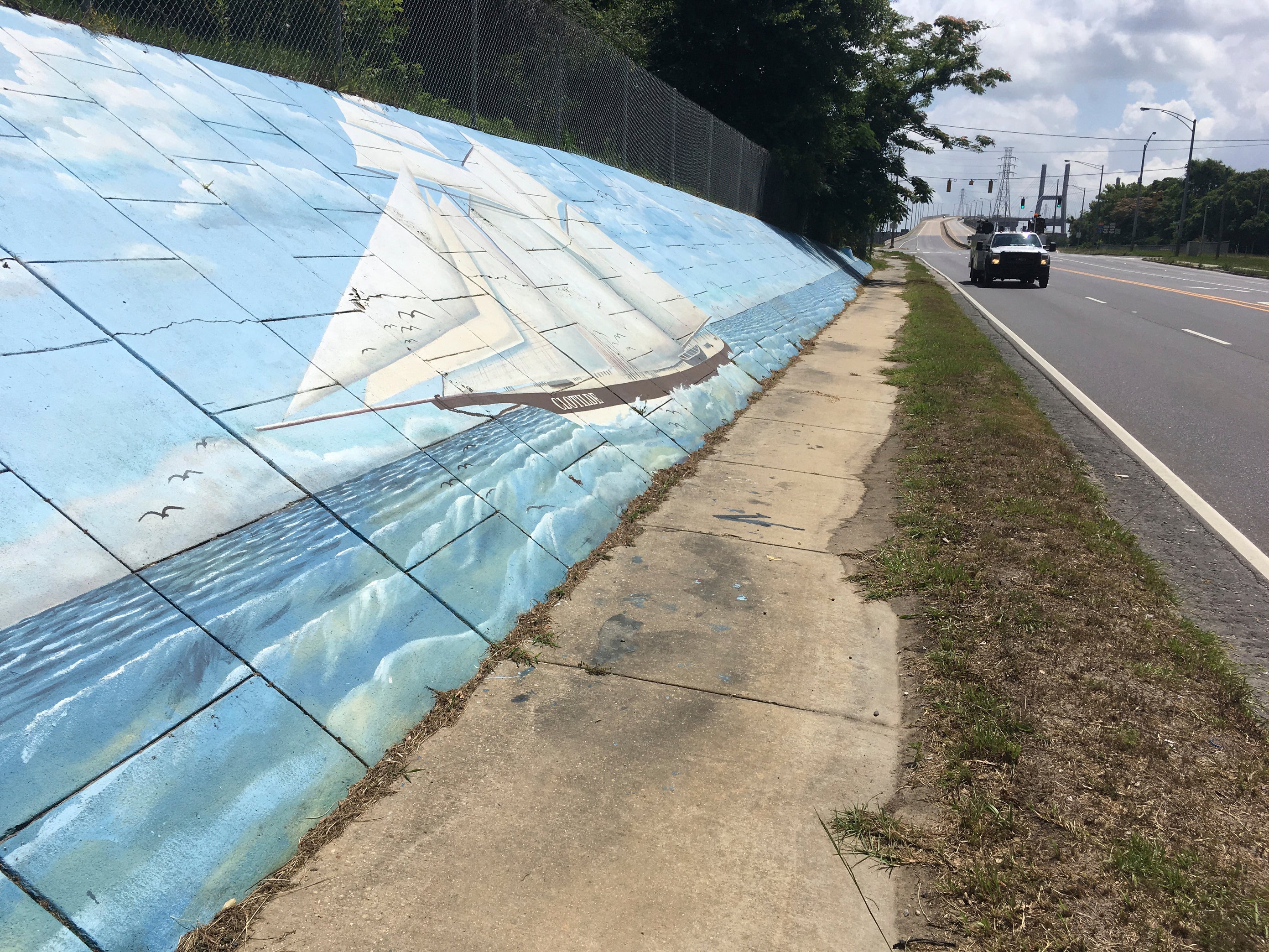New museum in Alabama tells history of last known slave ship to US and its survivors
A new museum Alabama tells the history of the Clotilda — the last ship known to transport Africans to the American South for enslavement

Your support helps us to tell the story
From reproductive rights to climate change to Big Tech, The Independent is on the ground when the story is developing. Whether it's investigating the financials of Elon Musk's pro-Trump PAC or producing our latest documentary, 'The A Word', which shines a light on the American women fighting for reproductive rights, we know how important it is to parse out the facts from the messaging.
At such a critical moment in US history, we need reporters on the ground. Your donation allows us to keep sending journalists to speak to both sides of the story.
The Independent is trusted by Americans across the entire political spectrum. And unlike many other quality news outlets, we choose not to lock Americans out of our reporting and analysis with paywalls. We believe quality journalism should be available to everyone, paid for by those who can afford it.
Your support makes all the difference.A museum that tells the history of the Clotilda — the last ship known to transport Africans to the American South for enslavement — opened Saturday, exactly 163 years after the vessel arrived in Alabama's Mobile Bay.
Ceremonies dedicating the $1.3 million Africatown Heritage House and “Clotilda: The Exhibition” took place Friday and Saturday in Mobile. The exhibit tells about the ship, its survivors and how they founded Africatown community in Mobile after they were freed from five years of slavery following the Civil War.
The Clotilda departed Alabama in 1860, more than 50 years after Congress outlawed the importation of additional enslaved people, on a clandestine trip funded by Timothy Meaher, whose descendants still own millions of dollars worth of land around Mobile.
The Clotilda illegally transported 110 captive people from what is now the west African nation of Benin to Alabama. The captain, William Foster, transferred women, men and children off the Clotilda once it arrived in Mobile and set fire to the ship to hide evidence of the journey. Most of Clotilda didn’t burn, and much of the ship is still in the Mobile River, which empties into Mobile Bay.
Remnants of the Clotilda were discovered in 2019, and Meaher's descendants released a statement last year calling his actions 160 years ago “evil and unforgivable.”
The museum includes a brief history of the transatlantic slave trade and highlights the survivors of the 45-day journey from Africa, AL.com reported. It tells the story of its most famous passenger, Oluale Kossola, better known as Cudjoe Lewis. His interviews in the 1920s provided information about the Clotilda and its passengers to historians and scholars.
Other ship survivors are highlighted, including Matlida McCrear, who died in 1940 in Selma, Alabama, and was the Clotilda’s last known survivor. McCrear was separated from her mother at a young age and tried to escape from a slaveholder when she was 3 years old. McCrear and her sister “fled into a swamp, hiding there for hours until dogs sniffed them out,” according to a display in the museum.
“I think those who visit will really learn a lot about this particular story,” said Jeremy Ellis, president of the Clotilda Descendants Association and a sixth-generation descendant of Pollee and Rose Allen, who were enslaved and on the Clotilda. “It tells the story of west African culture, what the 110 experienced at the Middle Passage and the first five years of slavery and what they overcame in 1865 in the founding of Africatown.”